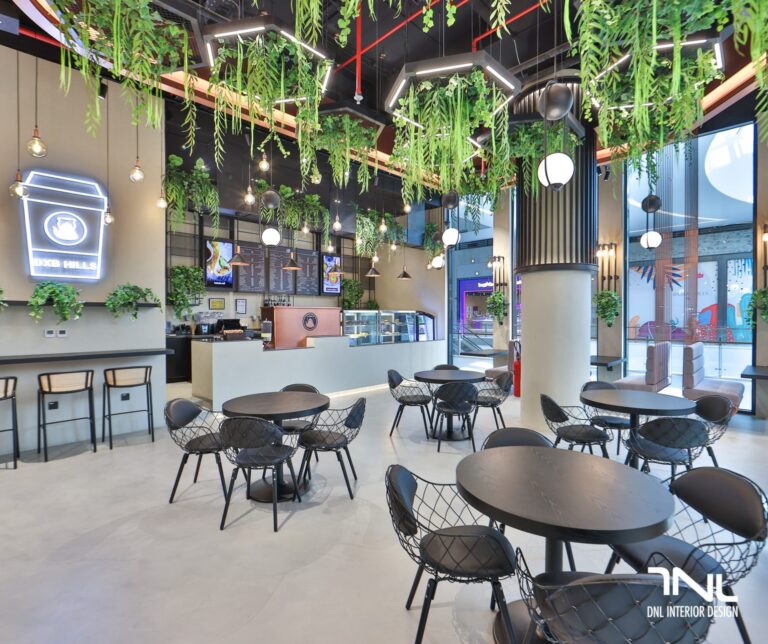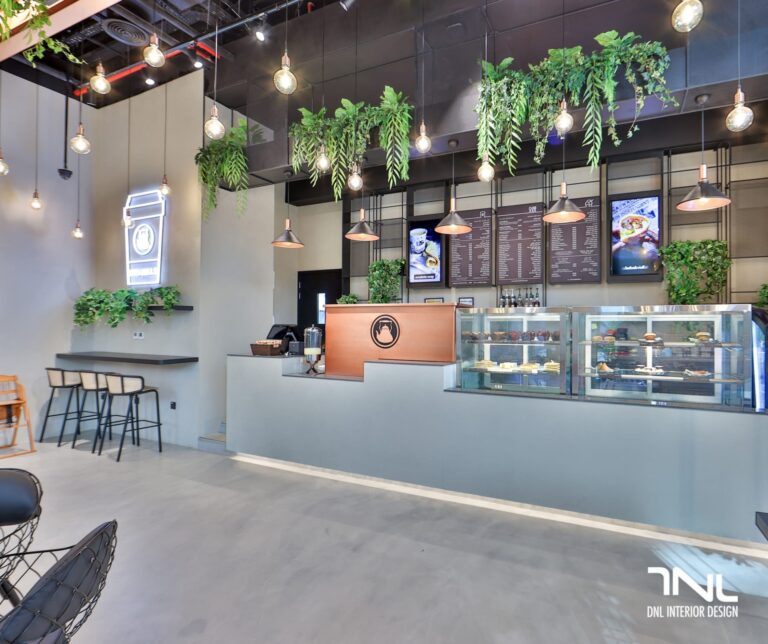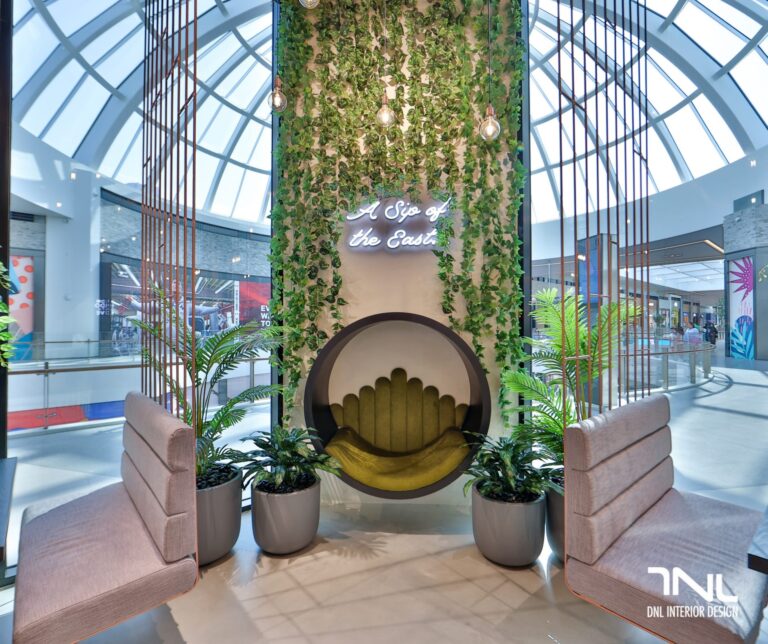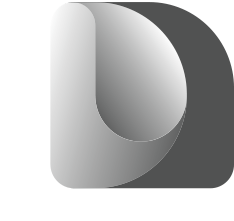How to Design a Restaurant Floor Plan in 7 Steps
- DNL GROUP
- September 22, 2022

Developing a floor layout is an essential stage in opening a restaurant. When applying for business licenses in the majority of cities, you must substantiate it with a restaurant floor plan. The most essential thing to consider when creating your restaurant’s floor plan is that your layout must facilitate the movement of several aspects throughout your restaurant.
Here are seven stages for designing a restaurant floor plan:
COUNT YOUR RESTAURANT’S OPERATING SPACES
Every restaurant requires many operating restaurant areas. The size of each will vary dependent on the design of your business and whether consumers dine in or take out.
The key operating sections of the restaurant floor layout consist of the following:
Entrance and waiting area
- Kitchen
- Restrooms
- Delivery entryways and loading docks
- Support staff zones and back office
Depending on your restaurant’s idea, you can also be required to add optional sections. These consist of:
- Service and bar counters
- Pickup regions for takeout and delivery orders
- Outdoor areas
Create a list of all the necessary functional areas for your restaurant. Consider the number of concurrent workers or diners and the duration of their stay in each place. You should provide the most space in your floor design to locations where the greatest number of people will gather for the longest duration. The dining rooms of full-service restaurants where diners spend two hours every meal will inevitably be larger than those of burger joints where the majority of patrons take their meals to go.
CONSIDER THE AVAILABLE SPACE
Locate electricity lines, water lines, load-bearing walls, and spots where floor drains can be placed prior to falling in love with a certain restaurant plan. Obtain a copy of the restaurant’s floor plan or confer with a contractor to establish the most practical locations for the kitchen, toilets, and bar. Additionally, you should contact your landlord and the local zoning board to learn about any limitations that can affect your decisions.

PLAN OUT YOUR KITCHEN’S LAYOUT
Your restaurant’s kitchen has the most extensive technical requirements of any area. Therefore, you begin in the kitchen. Most restaurants give between 30 and 40 percent of their total area to the kitchen to provide ample room for food preparation, cooking, and waiter pickup. There are factors beyond diet to consider.
Additionally, a restaurant kitchen must permit the proper flow of:
- Food
- Staff
- Information
- Waste
To facilitate an effective operation, a restaurant kitchen must have:
- Gas lines
- Electrical lines
- Water lines
- Floor drains
- Grease trap connections
Once you’ve determined the optimal location in your restaurant for your cooking equipment, you can consider the kitchen’s layout. Restaurants use three basic commercial kitchen layouts: assembly line, island, and zone.
PLAN YOUR RESTAURANT’S DINING ROOM ARRANGEMENT
In most restaurants, the eating area occupies around 60 percent of the entire space. What you include here depends on the sort of restaurant you operate. Checking with your local building permit office for occupancy regulations is the first step in this equation. You should also carefully study the accessibility requirements for disabled. Having all of this information in advance guarantees that your dining area’s layout and floor design comply with all relevant regulatory requirements.
DESIGN RESTROOMS, ENTRANCES, AND WAITING ROOMS
Simultaneously Doors must be accessible to wheelchairs, and each bathroom must have at least one accessible stall.
INCLUDE BARS, SERVICE COUNTERS, AND DELIVERY ZONES
Bar or countertop dining sections are an excellent complement to a restaurant’s layout. If space permits, you should consider one if you haven’t yet. It is a more lucrative use of space than a huge waiting room since customers can purchase beverages while they wait. In addition, it produces a compact eating area since customers demand less elbow room at a bar than at a table.
In limited rooms, a bar or countertop that shares a back wall with the kitchen is an ideal placement choice. This allows you to connect to your existing plumbing for bar sinks or add a pass-through window to the kitchen for a diner, cafe, or bistro theme.
ADD STAFF WORKSPACES AND BACK OFFICE
Lastly, you must incorporate room for your management and employees. These spaces don’t need to be enormous, given they don’t produce income and, ideally, your staff doesn’t spend a lot of time there, but they should be well-designed.

BOTTOM LINE
Your restaurant’s floor plan determines the flow of your whole business, from the kitchen and dining spaces to client amenities such as waiting areas and bathrooms. The industry guideline is to allocate 40% of your overall space to the kitchen and 60% to customer-facing sections. The optimal restaurant layout will be determined by the restaurant’s kind and sales volume. The most efficient restaurant floor layouts facilitate the movement of personnel, customers, food, and information throughout the restaurant. And if you are seeking for restaurant interior designer in Dubai, then you can contact DNL.

